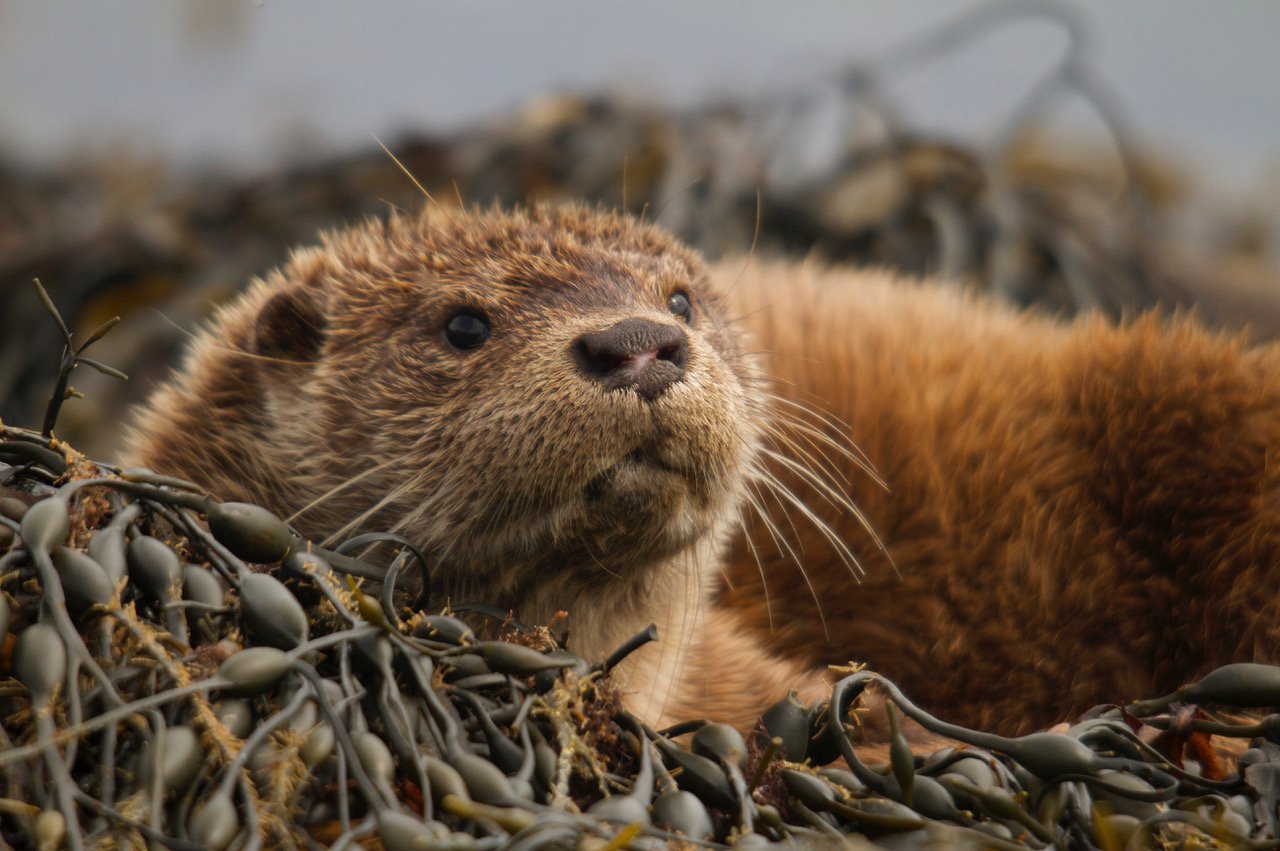Eurasian Otter (Lutra lutra)

©Jim Manthorpe
QUICK GUIDE
SIZE - 1.1-1.3 metres
WEIGHT - 7-9kg
DIET - Fish (80%), birds, small mammals, frogs
GESTATION - 9 weeks
OFFSPRING - 2-3 cubs
Home Range - River - 20-30 kilometres
Coastal - 4-5 Kilometres
CONSERVATION STATUS - Near Threatened
The Eurasian Otter is another of those species which will grow to around 1.2-1.3m long upon reaching adulthood, with their full sized weight being around 7-9 kilograms. Distribution of the Eurasian Otter population is very wide spanning countries in the Middle-East, Europe, Northern Africa, across to Eastern Russia, China and other Asian countries. Although the distribution is wide, outside of Europe there are not too many records of this otter, and so numbers are largely unknown, with some areas having zero recorded sightings over many years. An example of this is Sumatra, Indonesia where in 2020 a rescued pet otter was the first record of this species in 80 years! Not only is the distribution of otters wide, but the differences in habitats for these animals can be huge as well. Records show that along with the usual sightings of Eurasian Otters in coastal areas and river, they also inhabit desert areas and have been seen at over 4000m in the Tibetan Himalayas!
©John Williams
The home range of the Eurasian Otter can also vary, with coastal otters operating in an area usually around 3-4km long, as opposed to river based otters, which have been known to patrol areas nearly 10 times larger than this. These otters will spend most of their lives as solitary animals, with males generally only mixing with females during breeding times. This is the same for females in the main, but they have the task of raising the young cubs, which will stay with their mother for between 12 and 15 months. Occasionally it is seen that towards the end of this period, the females will become pregnant again, and once these cubs are born, they take precedent over the older offspring. Eurasian Otter cubs can be born at any time of year, yet we find there is a definite preference for spring and late autumn births.
© Carsten Schwarz
On average 2-3 cubs are born, weighing only 100g, covered in a pale grey fur. Strangely enough, young otters are not natural swimmers and the fluffy coat of the young makes it difficult, so they are often dragged into the water by the mother at 16 weeks old. They learn quickly and soon catch their own food. Mating takes place at anything from 17-20 months, as the male picks up the scent of the female in season and goes looking for her. The male often stays close to the female for about a week after mating, before venturing on to pastures new.
Greenpeace UK & ©John Gooday
Despite having a large distribution area, Eurasian Otters are far from safe in terms of numbers. Classed as Near Threatened on the IUCN Red List, there are still lots to be done to protect the future of this otter species. Habitat pollution through pesticides and oil spills are a main concern for this particular species, as well as river bank destruction in the process of new roads being built and traffic collisions.
Click the link below to read more about our Eurasian otter conservation workshop, named ‘A Collaborative Approach’, in November 2025.





